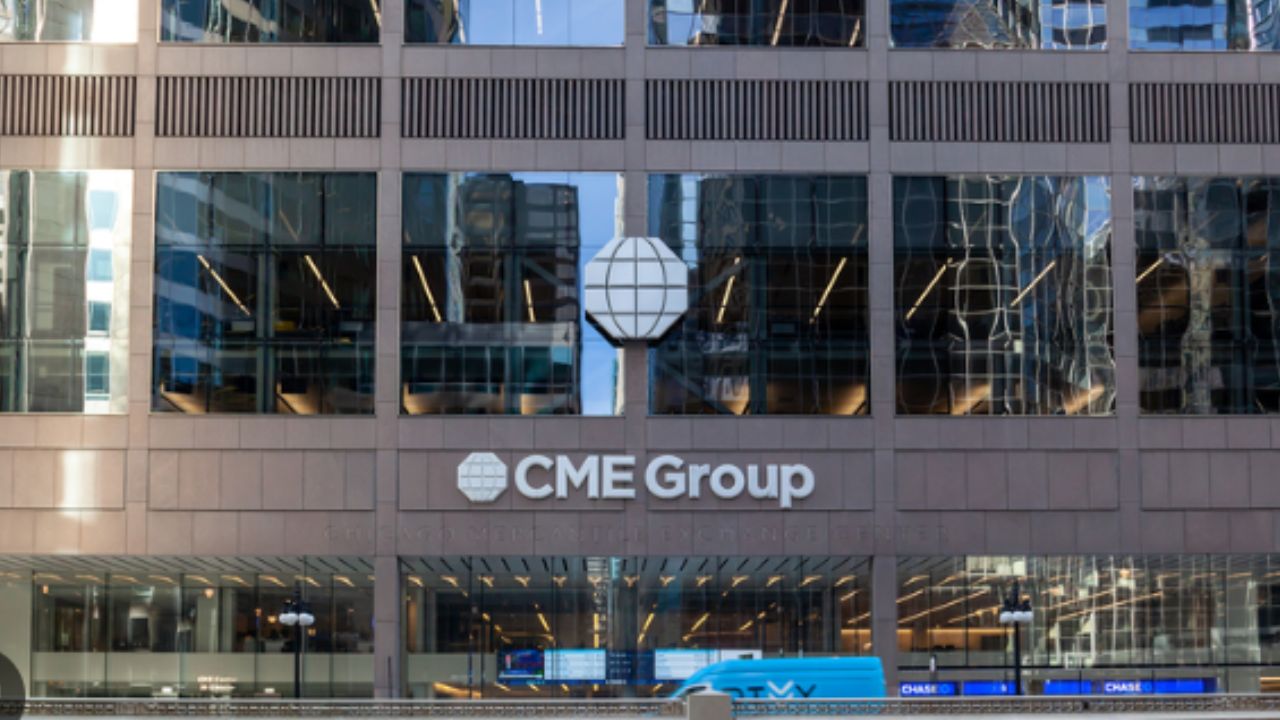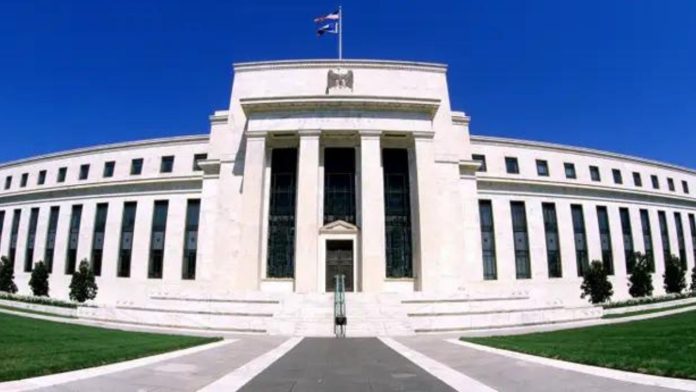Consumers are increasingly sceptical about the Federal Reserve’s ability to meet its inflation targets shortly, as indicated by a recent survey conducted by the New York Federal Reserve.
While the short-term outlook for the next year remains unchanged at 3%, concerns arise for the longer term.
Projections for the three-year range saw a 0.3 percentage point increase to 2.7%, and the five-year outlook surged even further, rising by 0.4 percentage points to 2.9%.
These figures surpass the Fed’s 2% goal for 12-month inflation, implying that the central bank may need to maintain a tighter policy for an extended period.
Implications for Monetary Policy
Economists and policymakers closely monitor inflation expectations as a crucial factor in shaping the trajectory of inflation.

The Survey of Consumer Expectations for February raises concerns in this regard, potentially posing challenges for the Federal Reserve’s monetary policy.
Fed Chair Jerome Powell acknowledged the importance of longer-term inflation expectations during a recent testimony on Capitol Hill.
Powell emphasized the commitment to bringing inflation back down to the 2% goal and maintaining well-anchored longer-term inflation expectations.
Challenges on the Road to 2% Inflation
The headline inflation, measured by personal consumption expenditure prices, increased to 2.4% in January, with the core level at 2.8% when excluding food and energy.
While this represents progress in the Fed’s battle against inflation, economists caution that the “last mile” to achieve the 2% target could be the most challenging.

The upcoming Federal Reserve meeting is expected to maintain steady rates, with market pricing indicating a potential cut in June and the possibility of three more cuts by the end of the year, according to CME Group’s futures market analysis.
Positive Signs Amid Inflation Concerns
Additionally, the one-year outlook for gas rose slightly to 4.3%, while medical care costs fell by 1.8 percentage points to 6.8%, and food costs remained unchanged at 4.9%.
The outlook for household spending over the next year also saw a modest increase to 5.2%, up 0.2 percentage points.
Beyond inflation, the survey also highlights growing unease regarding job prospects. Respondents expressed an increased perceived probability of losing their jobs in the next year, rising to 14.5%, reflecting a substantial 2.7 percentage point increase.
This underscores broader economic uncertainties and emphasizes the interconnected nature of consumer sentiment, inflation expectations, and labour market perceptions.
